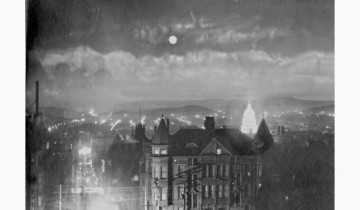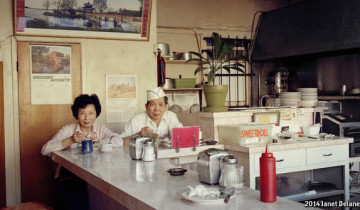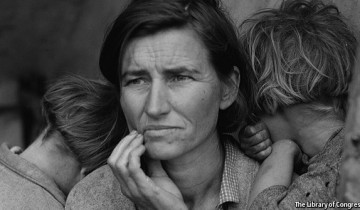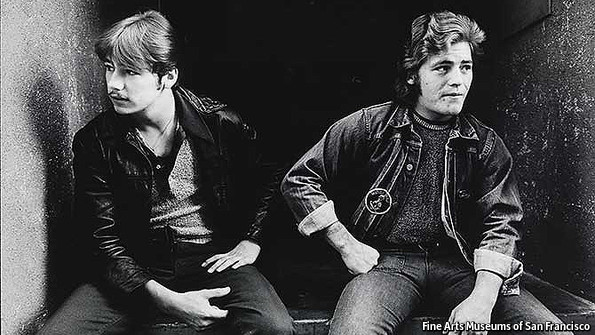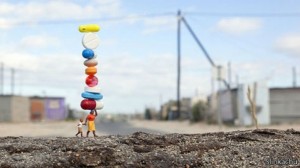 For the ECONOMIST: A PINK lollipop has fallen to the ground in London, smashing a miniature Audi convertible no bigger than a lego brick. The car’s tiny owner stands next to the crumpled vehicle, holding his hand to his head in distress. In Hong Kong, a little man in a shirt and tie prepares to leap off a skyscraper balcony. A pool of blood surrounds a mini-man crushed under a human boot in Moscow’s Gorky Park.
For the ECONOMIST: A PINK lollipop has fallen to the ground in London, smashing a miniature Audi convertible no bigger than a lego brick. The car’s tiny owner stands next to the crumpled vehicle, holding his hand to his head in distress. In Hong Kong, a little man in a shirt and tie prepares to leap off a skyscraper balcony. A pool of blood surrounds a mini-man crushed under a human boot in Moscow’s Gorky Park.
These little marvels are the work of Slinkachu, a London-based artist and photographer. Slinkachu, whose real name is Stuart Pantoll, takes a quiet approach to street art: instead of wielding spray cans on city walls, he uses train-set figurines and props to create miniature installations in pavement cracks, on bits of litter, and between other pieces of urban flotsam. The miniature people in these scenes work, fall in love, go shopping, express aspirations, play sports, and occasionally die. Slinkachu’s work is small, but its scope is large.
After working mostly in Britain since 2006, Slinkachu has recently been taking his little people travelling. A new book, “Global Model Village: The International Street Art of Slinkachu”, documents his urban scene-setting in Cape Town, Athens, Beijing and elsewhere. A photography exhibition of his new work opened last week at London’s Andipa Gallery and will be followed by more shows and events in New York, Berlin and Tokyo.
Slinkachu says he came up with the idea of using small figures while working as an art director on an ad campaign. He then started pursuing the idea on his own. The minuscule work contrasts sharply with that of well-known street artists such as Banksy and Shepard Fairey, who have for years been painting easy-to-spot images on the sides of buildings. Because of the tiny scale of the work, it is easy to walk past Slinkachu’s people without noticing them. They are also ephemeral—easily swept away or stepped on. Hence the photographs. He shoots close-up tableaux of the scenes, complemented by wide-angle, contextual shots that show the public space in which it was placed.
The seeming simplicity of Slinkachu’s work takes effort to achieve. He spends about three hours getting each miniature figure to look perfect for the role. A simple scarf might take three or four attempts. Finding the right location can take a few hours or a few days. Dust on a camera lens, which happened whilst shooting in Cape Town, can disrupt the shoot. Slinkachu takes up to 300 shots of each work; editing those photos takes still more hours.
Many of the photographs are full of droll, ironic humor. In “Wet ’n’ Wild”, a seemingly innocent water slide sends miniature children happily down into a sewer. Slinkachu’s 2009 solo show in London, “Whatever Happened to the Men of Tomorrow?”, depicted miniature superheroes grappling with old age. “I’m not really a jokey guy, but the best art that affects me is dark and funny at the same time,” he says.
Yet, like many street artists, Slinkachu sometimes cannot resist inserting commentary into his work. His Cape Town piece, “Balancing Act”, is a comment on South Africa’s HIV pandemic. It portrays a woman walking with her son and holding a tall stack of antiretroviralpills above her head. The larger, contextual photograph shows a real woman walking down a desolate street in District Six, a troubled, multiracial neighbourhood that was the scene of forced evictions under apartheid. His work in China takes a similar tone: in “The Food Chain”, paddy workers toil away in the cracks of a manhole cover on a Beijing street known for its all-night restaurants. “In some places, it’s difficult to avoid the politics,” Slinkachu says.
“Global Model Village” is at the Andipa Gallery in London until October 27th. It will be on show in New York between October 3rd and 7th and then Berlin and Tokyo in early 2013.
